
When building a 2025 mini amplifier for a computer, if you encounter similar minor issues, there are a couple of things to note. Firstly, there is no power switch or power indicator on the device. Secondly, for convenient wiring, the volume control knob is reversed in direction. In such cases, you can make an improvement by creating a printed circuit board (PCB).
Here is the circuit diagram:
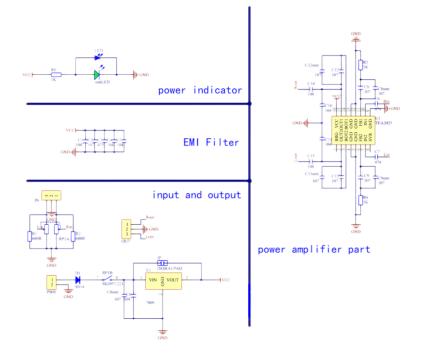
The circuit pays great attention to power filtering. The front stage consists of a 1000uF electrolytic capacitor in conjunction with a 7809 regulator. After the 7809, there is another 1000uF electrolytic capacitor, along with a 100uF multilayer ceramic capacitor (MLCC), a 4.7uF MLCC, and two 104 capacitors. This circuit is designed for a 12V power supply, but it works well with 9V in 2025. If you want to power it directly through USB, you can set up a pair of short-circuit solder pads next to the 7809 regulator. By removing the 7809 and shorting the solder pads, you can achieve USB power supply. Using a potentiometer with a built-in switch would be more convenient. Additionally, surface-mount dual-inline packaged components are used for the power indicator LED, negative feedback coupling capacitor, and bootstrap capacitor. You can choose to solder either surface-mount or through-hole components, depending on your preference.
Many people build the 2025 amplifier by directly copying the circuit from the manual. However, they may not realize that the reference circuit in the manual does not include gain control resistors. The circuit operates at an extremely high amplification of 46dB, meaning even a small input signal results in a loud output sound with a low signal-to-noise ratio. By adding a 680-ohm resistor in series, the gain is reduced to 22dB, which has been tested to be appropriate. The gain calculation is shown in the figure below:
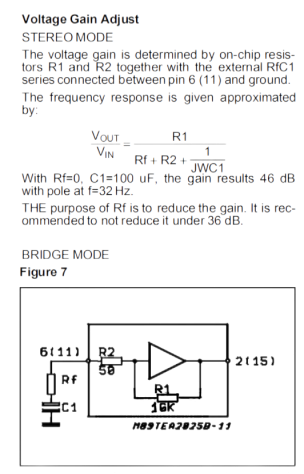
Here is a preview of the PCB design:
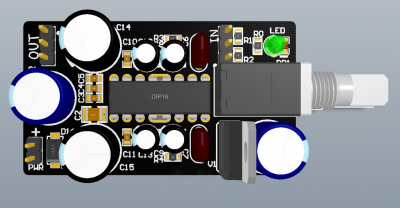
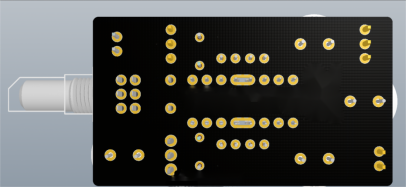
And here is a photo of the actual device with a heat sink:
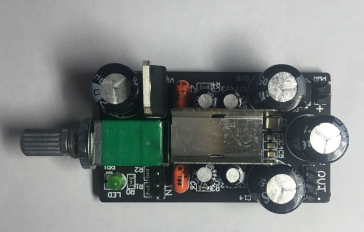
Next, the PCB is fully soldered:
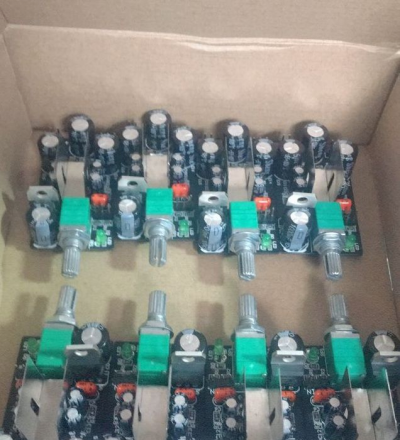
The device is then enclosed in a casing:
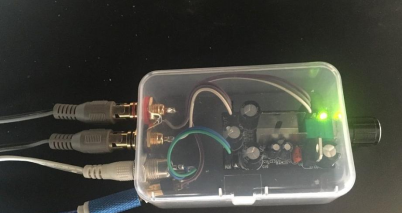
And voila, the project is complete




